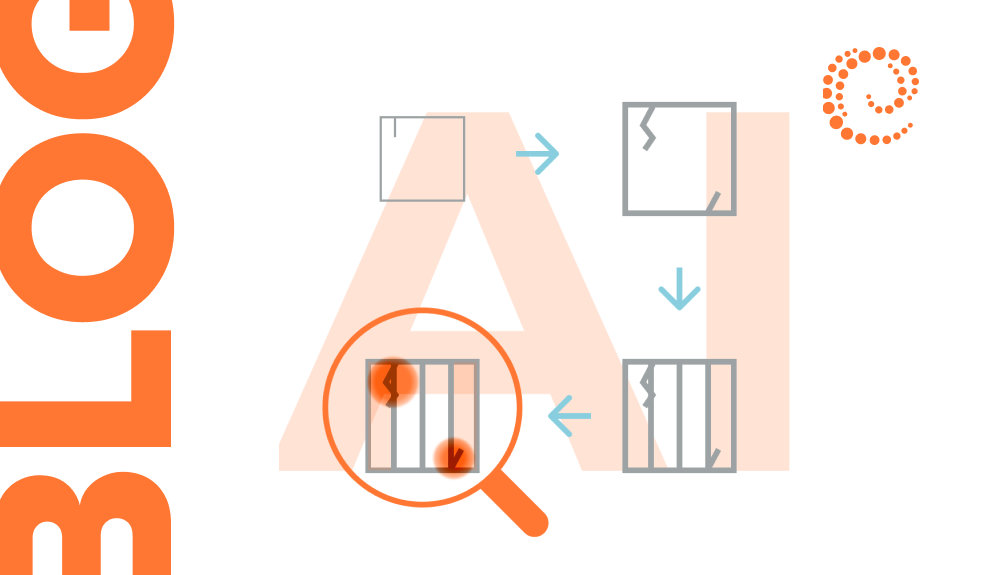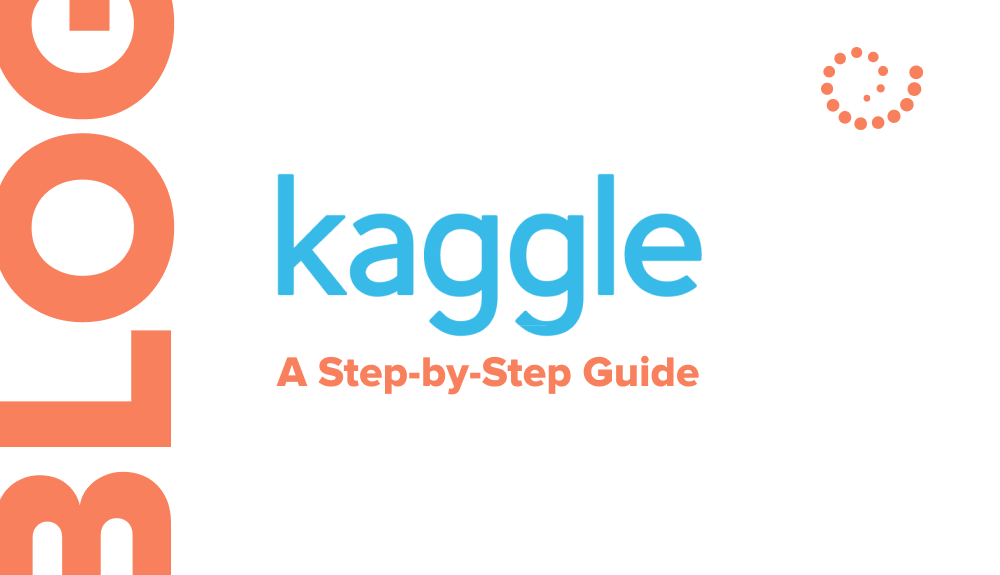
An accrual report helps businesses and investors understand the company’s true financial position.

Maksim Sukhodolov | November 26th, 2024
Accurate segmentation of bone structures is crucial for diagnosing fractures, planning surgeries, and monitoring the progression of diseases like osteoporosis. The application of advanced AI models has significantly enhanced the precision and efficiency of medical imaging.
Previously, we adapted the architectures of SE-RegUNet and CIDN for the segmentation of bone lesions and vessels. Now, our focus has shifted to the SegGPT model, which has opened up new possibilities in the field of image segmentation.
SegGPT is a powerful transformer model trained on an enormous amount of data. It is capable of performing image segmentation without the need for fine-tuning on specific datasets. This means that the model can be immediately applied to various tasks, whether it’s medical images, animal photographs, or even satellite imagery.

Image segmentation with SegGPT
Thanks to its training on a large amount of heterogeneous data, SegGPT can segment various types of objects without the need for additional customization. Unlike previously tested models, SegGPT does not require special image preprocessing methods, making it more user-friendly and efficient.
The model is capable of segmenting multiple objects within a single image. However, the quality of segmentation may decrease when handling multiple objects simultaneously. This versatility not only saves time but also reduces computational power, if taken as it is. This makes SegGPT a highly efficient tool for a wide range of image segmentation tasks.
Originally, SegGPT was not designed to work with black-and-white (grayscale) images. However, this is standard in medical imaging, especially in radiography. This meant we needed to adapt the model to work with such data.
Here’s what we did:
SegGPT is based on the transformer architecture, which has proven itself in processing simple sequences like text. In the case of images, they are transformed into a sequence of patches. Then, then they are processed by the attention mechanism.
Key components:
Lower accuracy compared to specialized models
For its versatility and functionality, SegGPT pays with some reduction in accuracy compared to highly specialized models like CIDN for vessels and bones. Although quality metrics remain high, they may be lower than models specifically tuned for particular tasks.
Difficulties with scaling
Because of the complexity of the architecture and dependence on the RGB format, scaling the model or fully adapting it to grayscale images can be challenging and may require significant efforts in code rewriting.
Segmentation quality in multiclass segmentation
Although the model can segment multiple objects in one image, quality may be lower compared to single-class segmentation.
Previously, we used SE-RegUNet for segmentation of bone lesions and CIDN to improve vessel segmentation. Let’s see how these approaches compare to our current model:

Although SegGPT may lag behind specialized models in accuracy for specific tasks, its versatility makes it highly attractive for a wide range of applications.
We tested SegGPT on tasks of segmenting bone lesions and vessels on medical images.
Bone fracture segmentation

The model successfully highlights fracture areas in X-ray images.
Vascular structure highlighting

In angiographic images, SegGPT is capable of identifying vascular networks.
Despite the impressive results, the segmentation quality may be lower than models specifically trained for these tasks, such as CIDN.
Besides medical applications, we tested the model on regular photographs of animals.

The model highlights the contours of animals in the image, which can be useful for applications in computer vision.
Although not perfect, SegGPT is capable of detecting multiple masks in a single image, which is a significant advantage. This ability allows the model to simultaneously identify different objects within one frame, broadening its applications across various fields.
However, the resulting accuracy for multi-mask segmentation is typically moderate, reflecting a trade-off between versatility and precision.

SegGPT detecting multiple masks in a single image
SegGPT offers a remarkable ability to be quickly applied to new tasks without requiring a lengthy training process, making it highly versatile and efficient. This adaptability allows SegGPT to be used across a wide range of sectors, including medicine, agriculture, and security.
In the medical field, it can assist in tasks such as image segmentation for diagnostics, while in agriculture, it can be used for monitoring crop health and optimizing yields. In the security sector, SegGPT can enhance surveillance systems and threat detection.
The model’s flexibility enables it to be tailored to specific client needs, expanding its functionality and ensuring it meets diverse requirements effectively. This adaptability not only broadens its application but also enhances its value as a tool for various industries.
The use of SegGPT opens new horizons in the field of image segmentation. Despite some limitations, the model demonstrates impressive results in various tasks without the need for additional training. However, if you require super-high accuracy and have a dataset with annotations, specialized models might be a more appropriate choice.
Setronica stays updated with the latest AI trends and helps businesses use them effectively. Whether you’re interested in AI language tools, tackling AI ethics, or creating custom AI solutions, we’re here to assist you – just contact us.
We work closely with our clients, combining thorough research with fresh ideas to ensure your AI projects are both scientifically sound and practical. We look forward to collaborating with you to shape the future of AI.
Contact us today to discuss your project and see how we can help bring your vision to life. To learn about our team and expertise, visit our ‘About Us‘ webpage.


An accrual report helps businesses and investors understand the company’s true financial position.

Accurate segmentation of bone structures is crucial for diagnosing fractures, planning surgeries, and monitoring the progression of diseases like osteoporosis.

About a month ago, we launched our very own remote hackathon. Any Setronica developer regardless of their experience, position, or…

Bone diseases can develop unnoticed and lead to severe consequences if not detected in time. Doctors face numerous X-rays every…

Use Kaggle datasets for research responsibly. Steps: Create an account, explore, check licenses, clean data, conduct research, cite, and share.
Setronica is a software engineering company that provides a wide range of services, from software products to core business applications. We offer consulting, development, testing, infrastructure support, and cloud management services to enterprises. We apply the knowledge, skills, and Agile methodology of project management to integrate software development and business objectives effectively and efficiently.
contact@setronica.com
+1 929 260 3113
Slovenia:
Kolodvorska 7, 1000 Ljubljana
USA:
211 E 7th St, Austin, TX 78701
© Copyright 2024 Setronica. All Rights Reserved.
